The Beginnings and Early History of Albuquerque's Water Supply, 1880-1960
Type:
Miscellaneous Report
Date published
April 2025
Author:
John Shomaker
Author Biography:
John Shomaker is President and a Principal Hydrogeologist of John Shomaker & Associates, Inc., in Albuquerque. He has more than 59 years of professional experience in geological and groundwater studies in New Mexico and surrounding states. John holds B.S. and M.S. degrees in geology from the University of New Mexico (1963, 1965), an M.A. in the liberal arts from St. John’s College in Santa Fe (1984), and M.Sc. and Ph.D. degrees in hydrogeology from the University of Birmingham, England (1985, 1995). He worked as a hydrologist for the U.S. Geological Survey (1965-1969), and as a geologist for the (then) New Mexico Bureau of Mines and Mineral Resources (1969-1973), before starting his consulting firm in 1973. Shomaker & Associates is an 18-member firm specializing in groundwater data collection and sampling, groundwater flow modeling, planning and field supervision of well-drilling projects, water-supply planning, water-rights issues, environmental studies, and expert testimony. John has testified in interstate litigation before a U.S. Supreme Court Special Master, in New Mexico State District courts, and in many administrative proceedings, including 34 hearings before the New Mexico State Engineer.
Abstract:
The “new town” grew quickly after the Atlantic & Pacific Railroad reached Albuquerque in April of 1880, and a water system, primarily for fire suppression in those early days, became an urgent need. The new Albuquerque Water Works Co. planned a diversion dam on the Rio Grande, a pumping plant, and a reservoir on the mesa east of town, but, following the example of the railroad, developed a groundwater supply instead. The water came initially from a large, shallow, rock-lined pit, along with a nearby pumping plant, near the corner of Broadway and Tijeras Avenue. The pumping plant, a 4-million-gallon reservoir at Central Avenue and Yale Boulevard on what is now the UNM campus, and about 5-1/2 miles of water mains with fire hydrants, were completed in 1886. Although the huge steam-powered pump could push 3 million gallons per day up to the reservoir, it could lift water only about 7 feet by suction from the pit, and many wells close to and actually within the pit, some deeper than 700 feet, were added over time. All were in the same place to be close to the pump. The public was never happy with the water company, with its continuing financial and operational troubles; in 1918 the system was purchased by the City of Albuquerque and rapid expansion began. The first wells on the mesa east of Broadway were drilled in 1950, and by then it was understood that the thick alluvial sands and gravels beneath the entire valley would support high-yield wells equipped with down-hole turbine pumps and electric motors. The single-source system became diversified, with well fields and reservoirs placed where the brisk post-World War II developments were occurring. By 1960, there were 83 wells in 14 well fields throughout the city.
Keywords:
History, Albuquerque water supply, water systems, municipal water development
Purchase a paperback version of this report:
($20 per copy, plus shipping)
Download the full report in PDF format:
| Attachment | Size |
| m35.pdf | 15.7 MB |
| m35_cover_with_inside_text.pdf | 2.86 MB |
| m35_back_cover.pdf | 5.32 MB |
